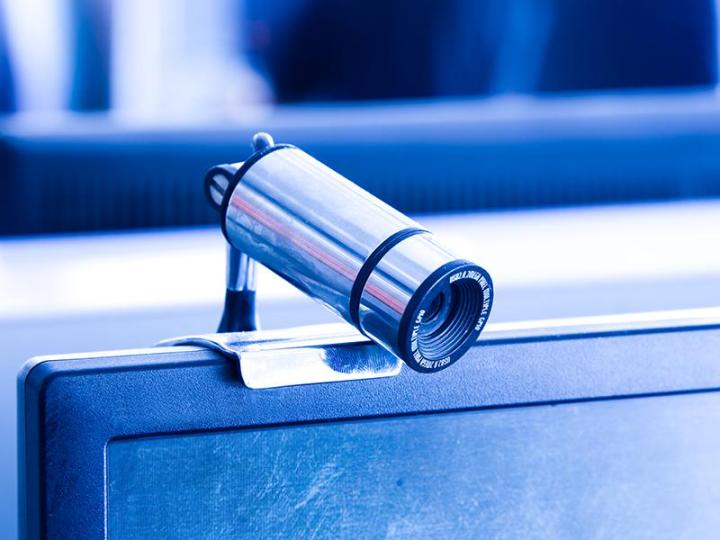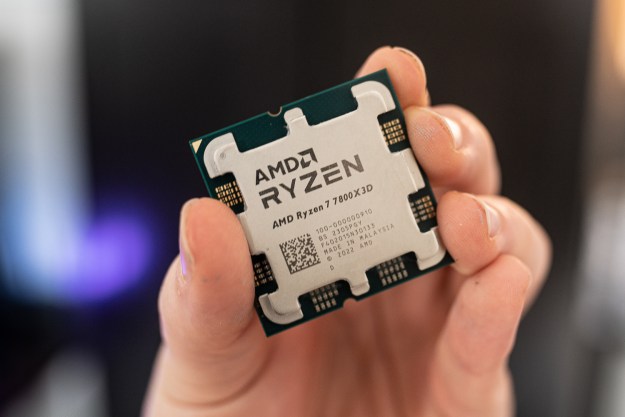
A new report on FBI surveillance techniques has revealed some interesting details on the hacks the Bureau is using to keep tabs on suspected criminals. Published in the Washington Post, the story covers the search for a man known as ‘Mo’ who is alleged to have made several bomb threats to authorities.
In the article, Marcus Thomas, who used to work at the FBI’s Operational Technology Division, admits that FBI software can covertly enable a laptop’s webcam without triggering a warning light. This kind of secret surveillance is only used in terrorism cases or the “most serious” criminal investigations said Thomas.
According to the report, the Federal Bureau of Investigation often attempts to install malware by targeting the email addresses of those who are under investigation. Essentially, law enforcement agencies are using the same phishing techniques as spammers pushing medication supplies or looking to get into your social media accounts.
“We have transitioned into a world where law enforcement is hacking into people’s computers, and we have never had public debate,” Christopher Soghoian, principal technologist for the American Civil Liberties Union, told the Post. “Judges are having to make up these powers as they go along.”
Among the other software utilized by the FBI is a diagnostics program that can produce a detailed breakdown of a user’s computer configuration and installed applications. Another tool can be transmitted over the Web as soon as someone signs into a particular email address that has been identified for investigation. Emails, documents and photos can all be downloaded covertly. In each case, the FBI must apply to a federal magistrate for permission to monitor a particular individual.
“You can’t just go on a fishing expedition,” said law professor Laura K. Donohue in the Post’s article. “There needs to be a nexus between the crime being alleged and the material to be seized. What they are doing [in the case of ‘Mo’], though, is collecting everything.”
[Image courtesy of 06photo / Shutterstock]
Editors' Recommendations
- Best 2-in-1 laptop deals: Turn your laptop into a tablet for $315
- Developer says it can turn your AMD 6800 XT into an Nvidia 3090 Ti
- Can Samsung DeX really replace your college laptop?
- The Senate is OK with the government spying on your browser history
- The svelte Mu Two international travel charger can power your laptop and phone


